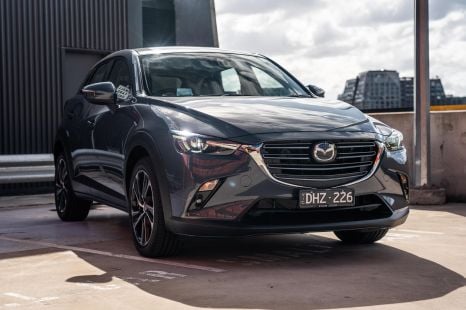

Josh Nevett
2026 Mazda CX-3 review
3 Hours Ago

News Editor
Cupra is expanding globally, and that has come at the expense of SEAT.
The brand Cupra was spun off from isn’t dead, but the company has confirmed it will stop producing cars.
“The future of Seat is Cupra,” Volkswagen brand CEO Thomas Schäfer told Autocar.
He told the publication all current SEAT models will be retired at the end of their current lifecycles as the brand is wound down as a carmaker.
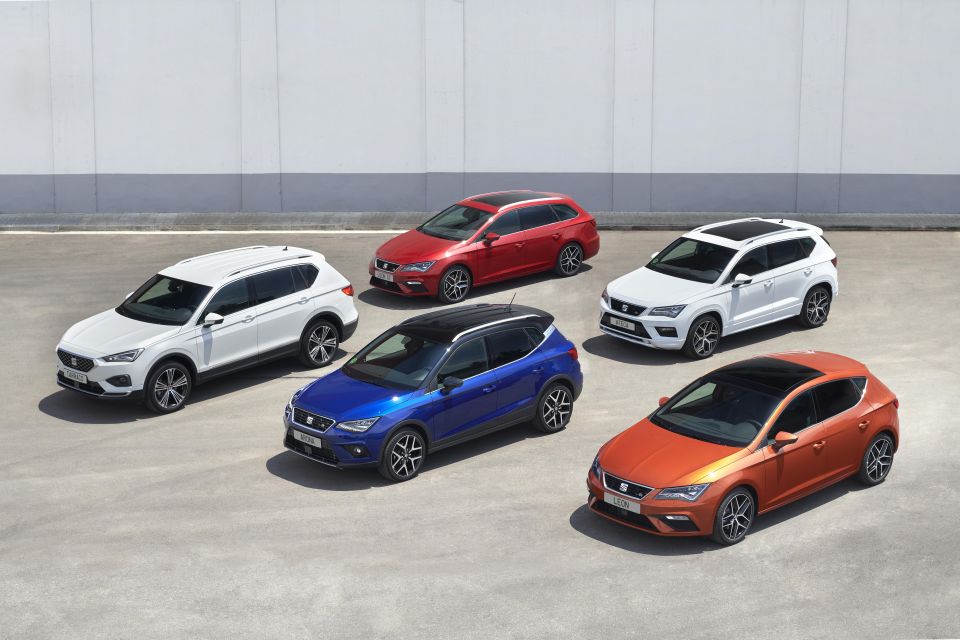
However, the SEAT name will live on, with Schäfer confirming the Volkswagen Group “would find a different role for it”. That could be as a mobility solutions provider, as the brand already produces the SEAT Mo electric scooter.
Schäfer told Autocar it was prohibitive to invest in both brands, and there was greater earning potential for Cupra, which has been transitioning to a fully fledged brand which the executive confirmed will see a “ramp up” in investment.
Schäfer noted Cupra is the fastest-growing brand in Europe and is popular even in its (and SEAT’s) Spanish homeland.
Confirming speculation, he also said the plan to replace SEAT with Cupra was set in motion long ago, with plans to reinvigorate SEAT scuttled due to the brand’s history of making losses.
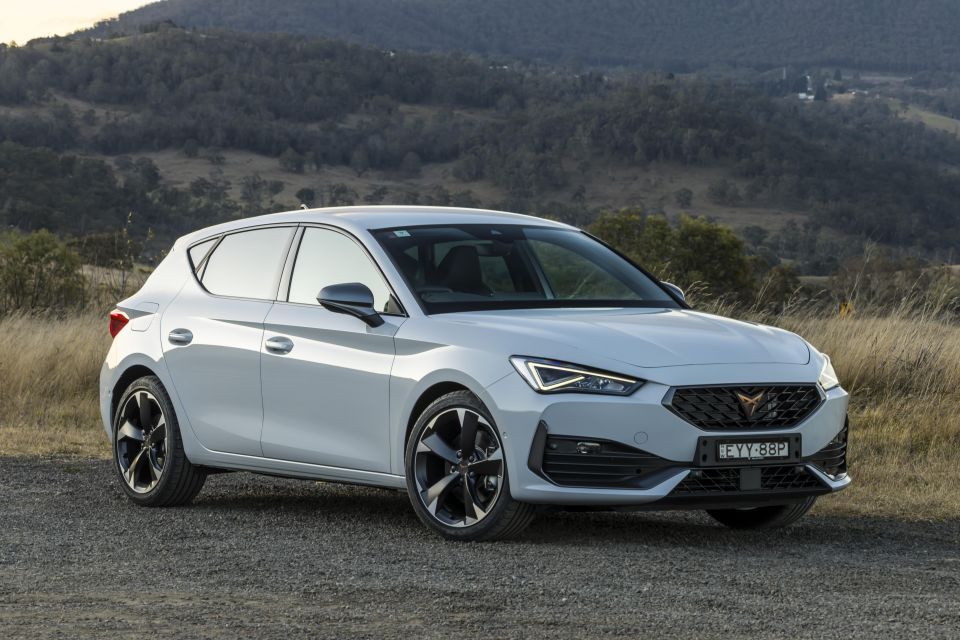
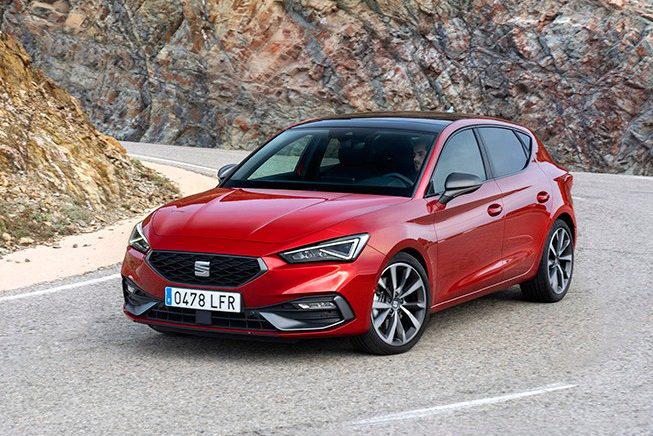
“I think it was the right decision in hindsight, but it’s a gamble,” said Schäfer. “I’ve seen lots of new names come up and go but this was a good decision. Cupra is bigger than Alfa Romeo and Polestar, so not just new brands but also old.”
Some of Cupra’s models, including the Ateca and Leon, are simply higher-spec versions of existing SEAT products.
SEAT also produces the Ibiza light hatch, Arona small crossover and Tarraco large crossover, which don’t have Cupra equivalents.
Likewise, Cupra produces the Formentor and Born, which aren’t offered in SEAT guise.
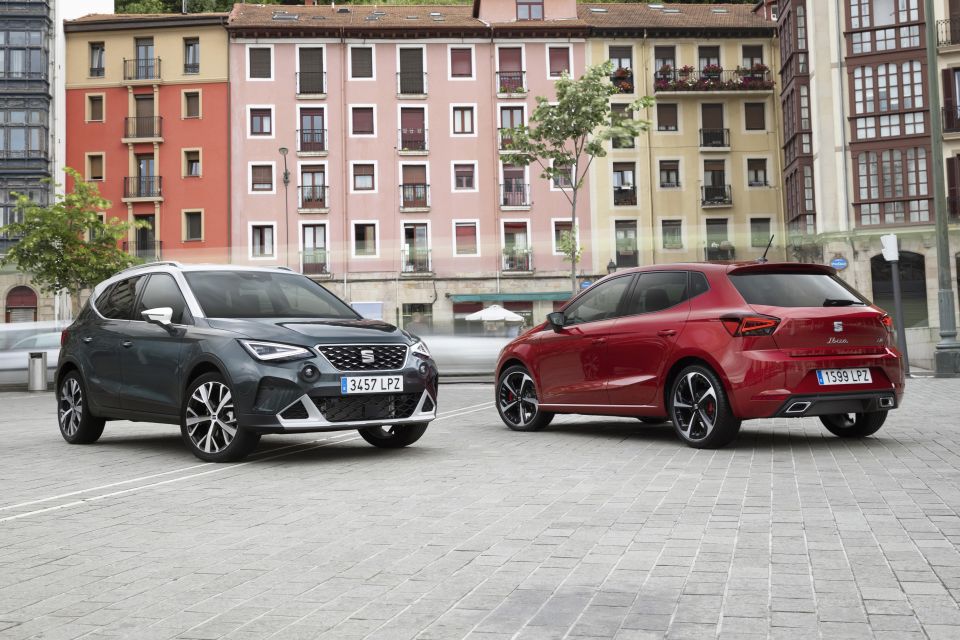
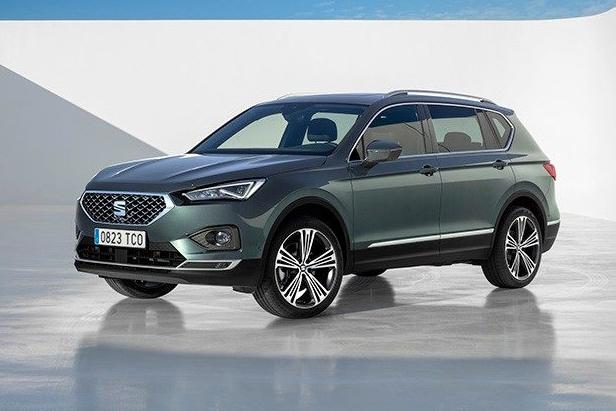
The Born was actually revealed as a SEAT, before the company decided to instead introduce it as a Cupra – a move that appeared to seal SEAT’s fate as a car brand. Cupra subsequently revealed the Tavascan and Terramar which, likewise, won’t be offered as SEATs.
SEAT’s future also looked grim when plans for it to enter the Chinese market were scuttled. The Volkswagen Group instead opted to introduce a new brand, Jetta, which actually sells a couple of lightly restyled SEATs.
It’s unclear precisely when the current crop of SEATs will disappear. The Cupra Leon is due for a facelift in 2024, and it appears unlikely the Volkswagen Group will invest in a SEAT counterpart.
The Ibiza and Arona, cousins to the Volkswagen Polo and T-Cross, debuted in 2017 while the Tarraco, a counterpart to the Skoda Kodiaq, followed a year later. With a new Kodiaq being revealed this year, the Tarraco’s time is coming to an end, much like its slightly older showroom mates’.
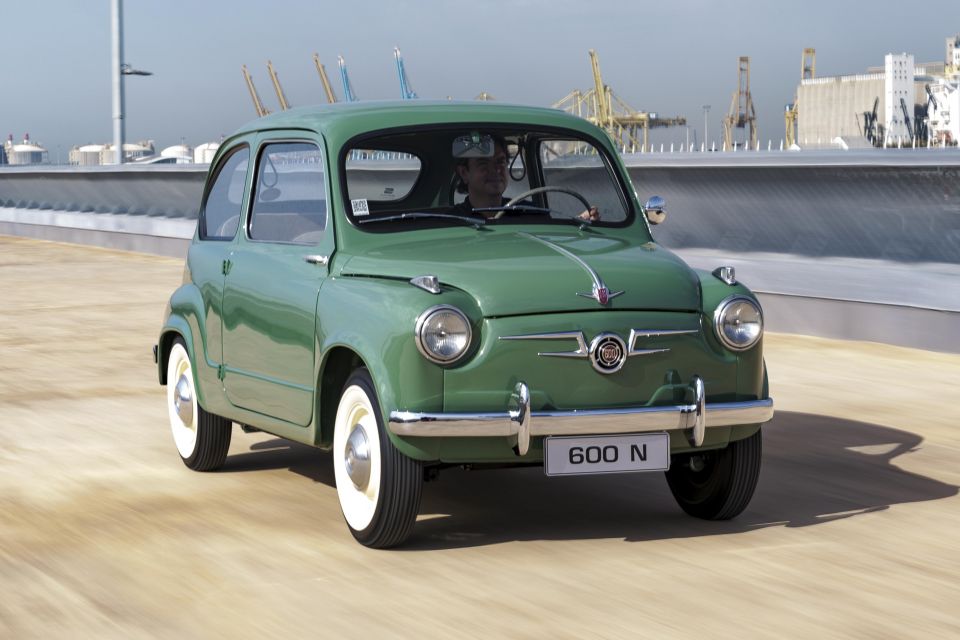
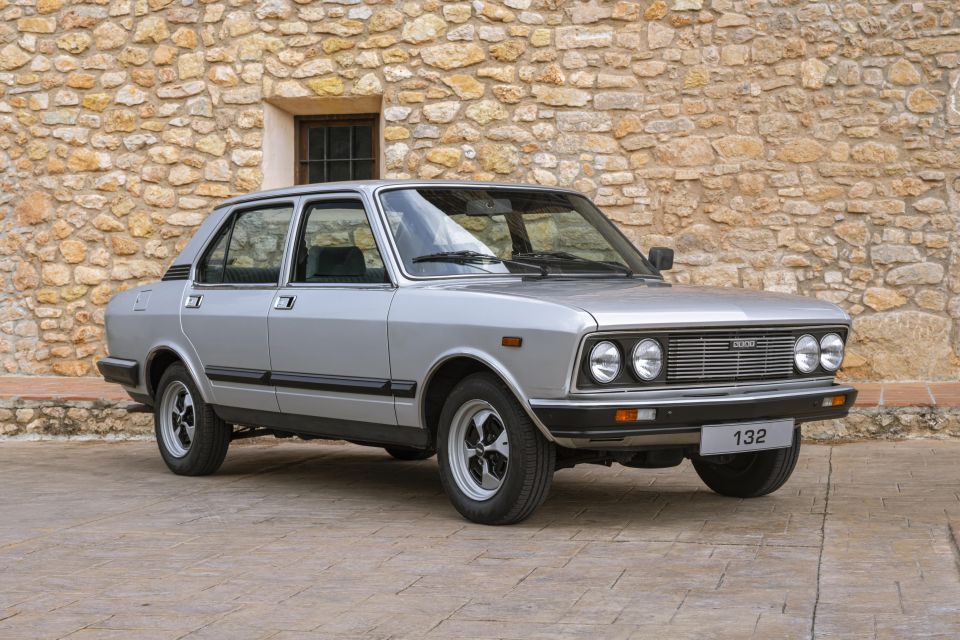
SEAT, or Sociedad Española de Automóviles de Turismo, has a long history.
It was founded in 1950 as a joint venture between the state-run Instituto Nacional de Industria, Spanish private banks, and Fiat.
For many years, SEAT simply manufactured rebadged Fiat vehicles.
SEAT’s relationship with Fiat ended in 1982 as the former needed capital the latter wouldn’t provide.
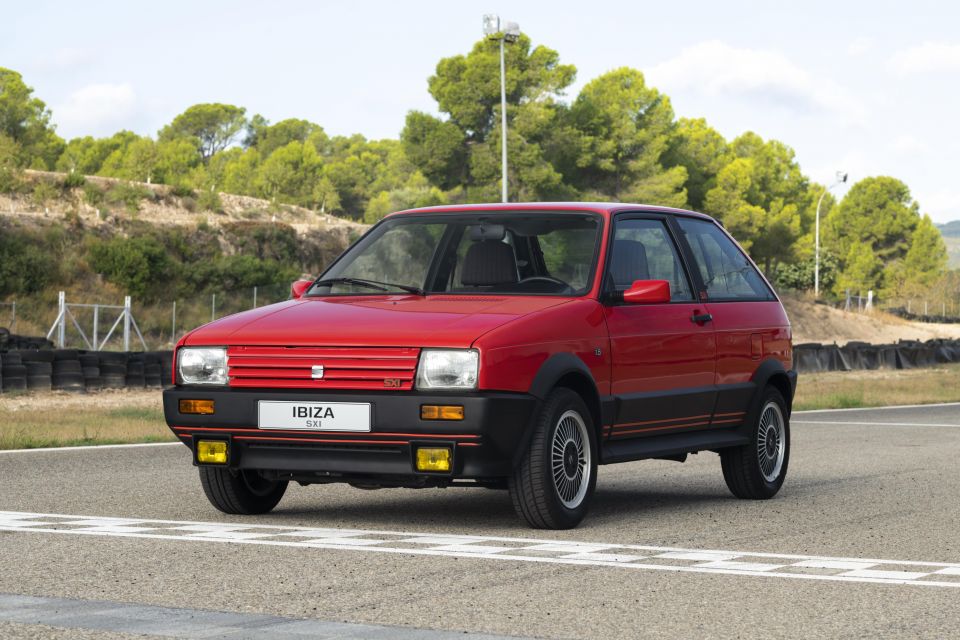
With the tie-up having dissolved, SEAT began introducing vehicles that were more than mere rebadges, including the Ronda – a restyled Fiat Ritmo – and the Ibiza hatch and Malaga sedan, which were further evolutions of these underpinnings.
SEAT found a suitor just a few years later, with Volkswagen acquiring 75 per cent of the Spanish brand. SEAT became a wholly owned subsidiary of the German automaker in 1990.
While predominantly sold in European markets, SEAT entered the Australian market in 1995 as a more budget-oriented counterpart to the Volkswagen brand.
It offered the Ibiza light hatch, its Cordoba sedan spinoff, and the mid-sized Toledo hatch. But it struggled to compete with the insurgent Korean brands on price – Daewoo, for example, entered the Australian market at the same time but managed to double SEAT’s sales tally in 1995 and kept growing while SEAT shrunk.

By 1997, the brand had virtually collapsed in Australia, and by 1998 it entered a period of hibernation as dealer franchises dropped it in record numbers.
It relaunched for 1999 with a repositioned, tweaked range, but just a few months later its local distributor called time of death, blaming “the onset of the Asian currency crisis coupled with a number of other obstacles”.
Volkswagen would go on to achieve vastly greater success with the local reintroduction of the Skoda brand.
MORE: 25 years of failures: The car brands that didn’t succeed in Australia, Part II: SEAT
Where expert car reviews meet expert car buying – CarExpert gives you trusted advice, personalised service and real savings on your next new car.
William Stopford is an automotive journalist with a passion for mainstream cars, automotive history and overseas auto markets.


Josh Nevett
3 Hours Ago
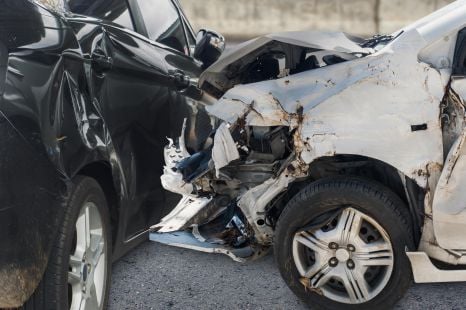

Alborz Fallah
11 Hours Ago


Marton Pettendy
13 Hours Ago
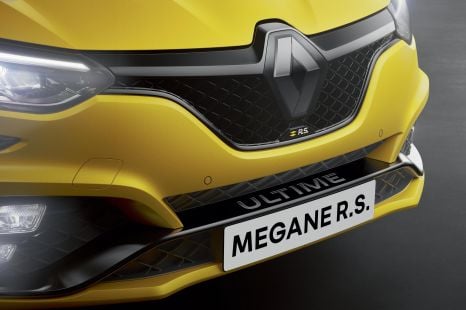

Ben Zachariah
15 Hours Ago
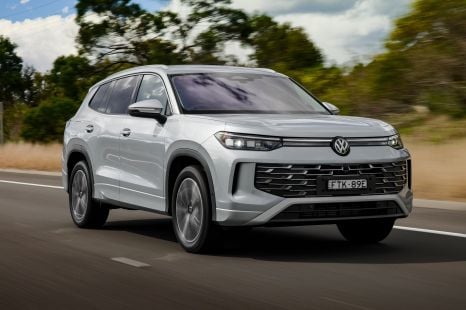

Damion Smy
16 Hours Ago
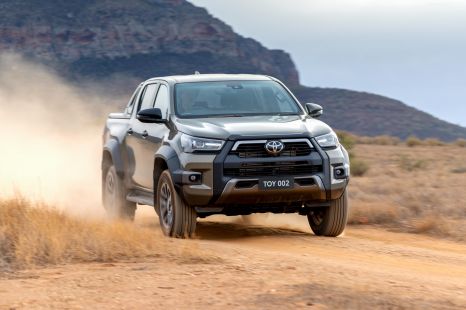

Damion Smy
17 Hours Ago